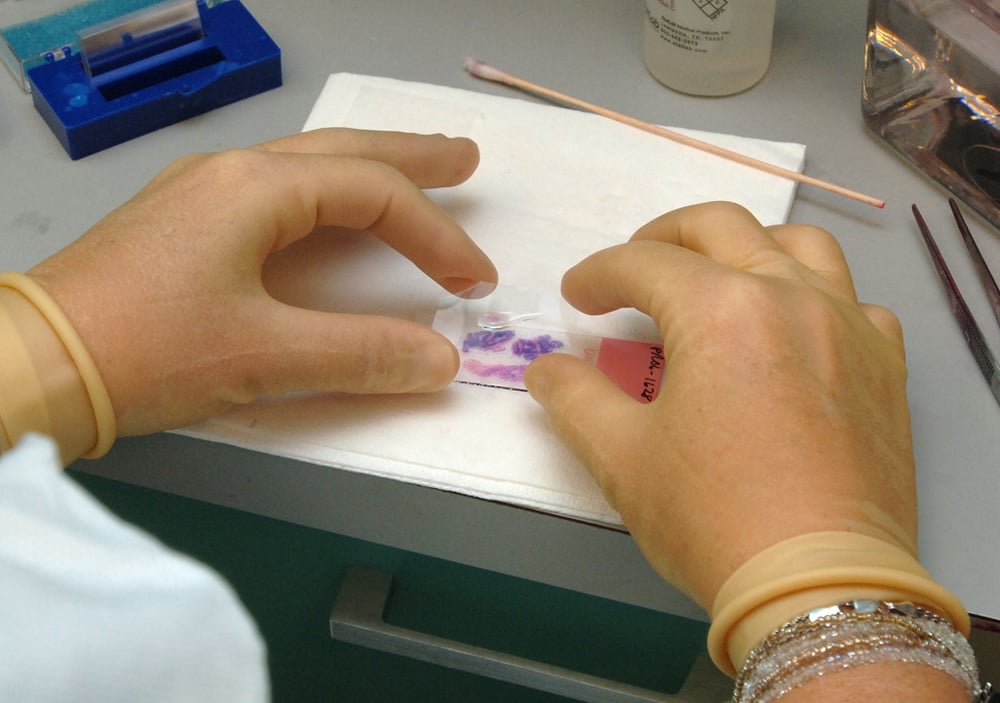Tissue engineering is becoming more common as new developments in biomaterial technologies are now allowing for the production of biodegradable and cytocompatible tissues. Researchers and scientists are using “scaffolds” on which human cells can be grown and shaped with the needed mechanical and biological characteristics that will replace or restore damaged tissues. To form scaffolds, researchers are using a number of new biodegradable polymers that help deliver biological agents and stem cell populations at a specific rate to help regenerate tissues including bone, cartilage, and skin.
Repairing & Replacing Human Tissues, Organs & Limbs
Progress is so swift that breakthroughs are coming at a fast pace. It is expected that scientists will not only be able to repair and grow human tissue but replace organs and limbs. Checkups at the doctor will be much like bringing an automobile to a repair mechanic. Worn-out parts will be replaced with brand new versions made from a patient’s cells. The days of replacing knees and other joints with titanium may be over because why use metal when you can use human cells?
Recent breakthroughs in nanotechnology, especially in the medical area, are improving tissue engineering and biomaterials needed for regenerative medicine.
The following video from PBS News Hour, “Spare Parts for Humans: Tissue Engineers Aim for Lab-Grown Limbs, Lungs and More,” explains that science fiction-like breakthroughs are imminent.







